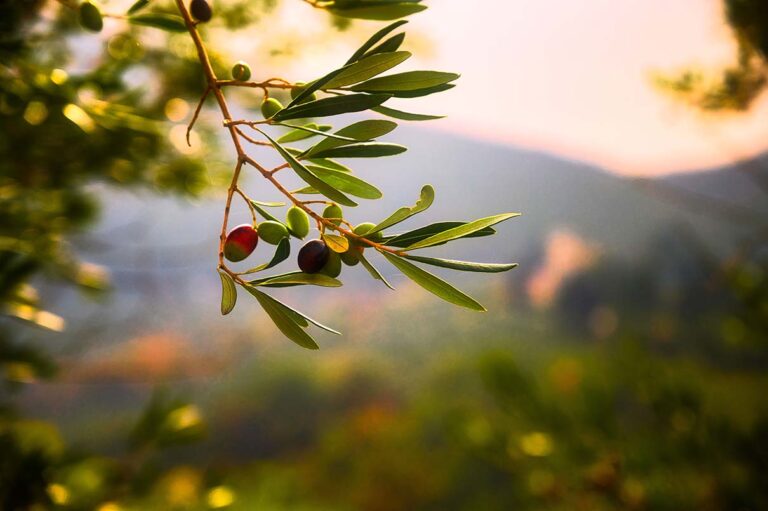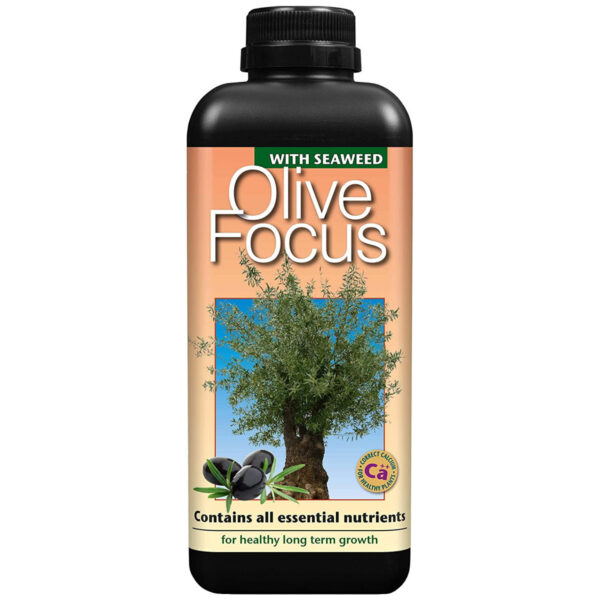Oliventræer er ikke blot en smuk tilføjelse til enhver have, men de tilbyder også en rig høst af velsmagende olivenfrugter. For at sikre, at dine træer trives og giver det bedst mulige udbytte, er valget af den rette gødning afgørende. I denne artikel vil vi udforske fordelene ved at vælge specialiseret olive tree fertilizer and how it can optimize their growth.
read more about liquid seaweed fertilizer here: Flydende Tang Gødning: Sådan Anvendes Det
read more about fertilizer here: The Best Fertiliser - Your Guide
Table of contents
ToggleHvilken Gødning?
Når det kommer til at dyrke sunde og produktive oliventræer, er det afgørende at forstå deres ernæringsbehov. En specialiseret gødning er formuleret til præcist at imødekomme disse behov og sikre, at træerne får den rette balance af næringsstoffer. Typisk indeholder denne type gødning elementer som kvælstof, fosfor og kalium i de optimale mængder.
4 Fordele ved at bruge specialiseret Gødning
Using a specialized fertilizer designed for olive trees can bring a number of benefits to your plants and the resulting harvest:
1. Improved Growth and Leaf Quality
Specialiseret gødning indeholder ofte en afbalanceret blanding af næringsstoffer, der styrker træets rodsystem og fremmer sund vækst. Dette resulterer i frodige, grønne blade og en stærk, modstandsdygtig stamme.
2. Increased Fruiting
A suitable fertilizer helps to increase the number of flowers and ensures better fruiting. This translates into a bountiful harvest of juicy olives.
3. Protection against Diseases
Good nutritional conditions strengthen the olive tree's natural defenses against pests and diseases. This reduces the need for chemical pesticides and keeps your plants healthy in the long term.
4. Optimized Oil Quality
If you grow olive trees with the aim of producing olive oil, a specialized fertilizer will help to improve the quality of the oil. Well-nourished trees produce olives with a rich flavor and higher oil content.
Du kan læse mere om chili gødning og andre varianter af Flydende tanggødning here:
Leder du efter en god specialiseret gødning? Så kan du købe det her:
-
Olive Focus – Olive tree fertilizer 1L
- kr. 129,95
- Add to basket
Item no.: 28149
Sådan Anvender Du Gødningen
For at opnå de bedste resultater skal du følge disse trin:
Time schedule: Apply the fertilizer in the spring before the active growing season begins and again in the fall after harvest.
Dosage: Follow the manufacturer's recommended dosage to avoid overfeeding that can damage the trees.
Application: Spread the fertilizer evenly around the tree's drop zone and work it gently into the soil.
Irrigation: After applying the fertilizer, water abundantly to help the nutrients reach the roots.
Valget af den rigtige gødning er afgørende for at opnå sunde og produktive træer. En specialiseret gødning kan give en bred vifte af fordele, herunder forbedret vækst, øget frugtsætning og beskyttelse mod sygdomme. Ved at følge korrekt påføringsmetode og dosering kan du nyde en rig høst af lækre oliven og muligvis endda producere din egen velsmagende olivenolie. Giv dine oliventræer den næring, de fortjener, og se dem trives i al deres pragt.
Also read about Olive trees and Wintering
FAQ
De bør normalt gødes om foråret, før den aktive vækstsæson begynder, samt om efteråret efter høstperioden. Dette giver træet de nødvendige næringsstoffer til at støtte både vækst og frugtdannelse.
Ja, citrusgødning kan godt bruges, da citrus- og oliventræer deler visse ernæringsbehov. Dog er det bedst at vælge en specialiseret oliventræsgødning, da den vil have den nøjagtige sammensætning af næringsstoffer, som oliventræet kræver.
Et stort træ har brug for moderat vanding. Det er vigtigt at lade jorden tørre lidt ud mellem vandingerne for at undgå rodskader. Generelt anbefales det at vande dybt, så rødderne får tilstrækkeligt vand, og derefter tillade det øverste lag af jorden at tørre let ud, før du vander igen.
Der kan være flere årsager til, at bladene falder af dit træ. Overvanding eller under-vanding, et angreb af skadedyr eller svampeinfektioner, næringsmangel eller endda pludselige temperaturændringer kan føre til bladfald. Det er vigtigt at undersøge træet nærmere og identificere årsagen for at kunne træffe de rette foranstaltninger.






